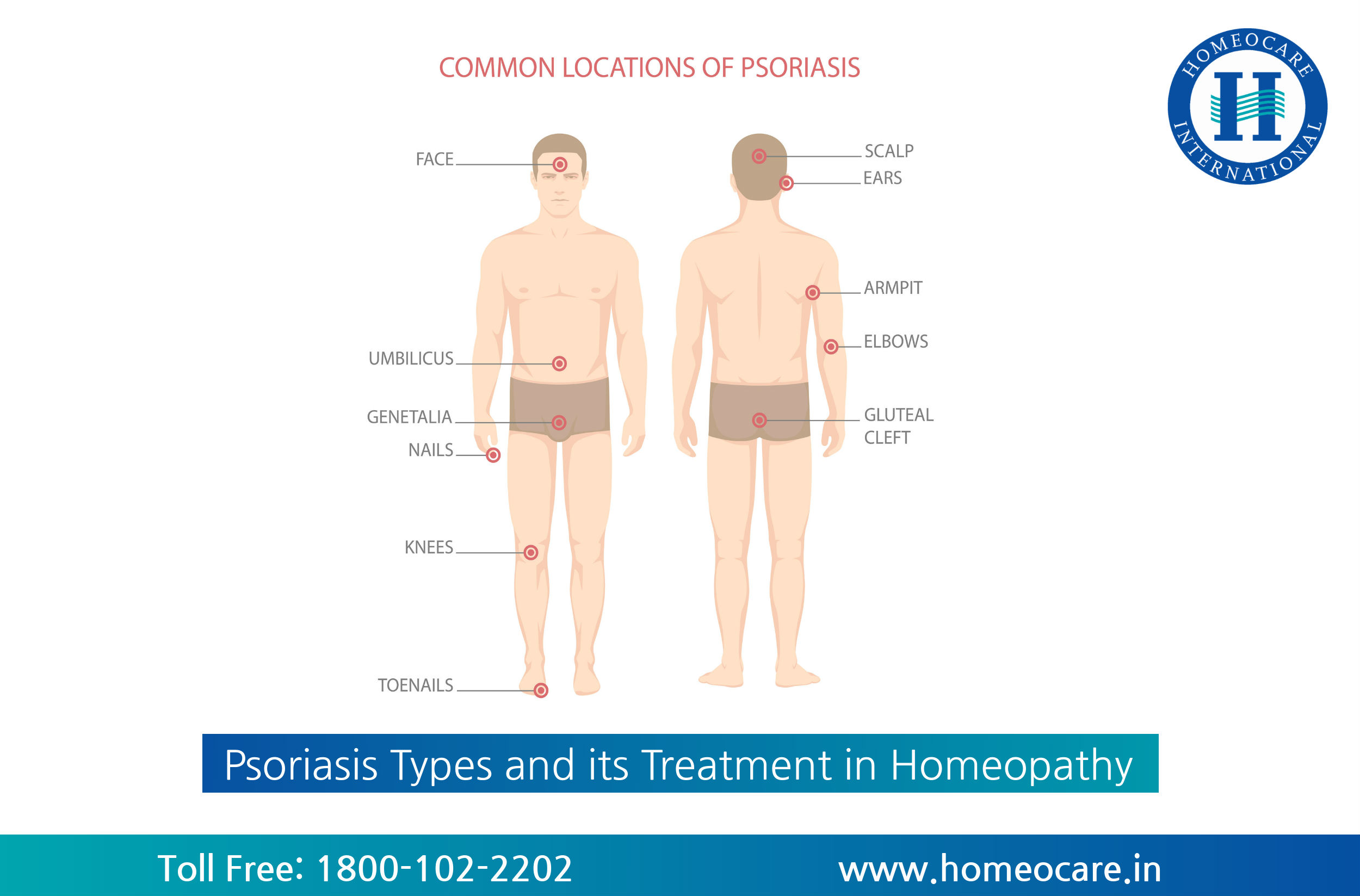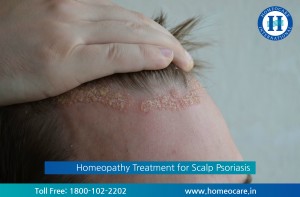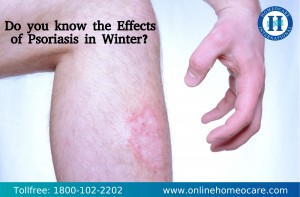It is very important to know about the type of psoriasis you are suffering from. It also helps your doctor in planning and providing the accurate treatment. Though most of the people have one type at a time, few people tend to develop other types also. After the treatment, when symptoms vanish few people develop another new type of psoriasis due to the triggers.
Here are few types of Psoriasis
Plaque Psoriasis
Most common type of psoriasis is Plaque psoriasis. Plaque psoriasis is seen among 8 in 10 people with psoriasis. It is also called as psoriasis vulgaris by the doctors. People with plaque psoriasis have inflamed, raised red skin patches with silvery white scales, which are itchy and also have burning sensation. Though this type of psoriasis can affect any part of the body but most commonly seen in areas like
- Knees
- Elbows
- Back especially lower back
- Scalp
Guttate psoriasis
Guttate psoriasis is a type of psoriasis seen in less than 2% of people with psoriasis and it starts in childhood or also in young adults. People with guttate psoriasis develop small pink red spots on skin. Guttate psoriasis mostly affects the areas like
- Upper arms
- Thighs
- Trunk
- Scalp
Guttate psoriasis gets cured by itself without treatment within a span of few weeks. But few cases may be serious and needs treatment. Few triggers of guttate psoriasis include
- Stress
- Injuries especially on skin
- Upper respiratory infections like strep throat and tonsillitis
- Few prescriptions like beta blockers
Inverse psoriasis
In this type people may not have scales like other types but instead the affected area becomes bright red, smooth and shiny. Inverse psoriasis is mostly seen in areas like
- Armpits
- Below the breasts
- Groin
- Skin folding in the areas like genitals and buttocks
Condition of Inverse psoriasis gets worst with triggers like yeast and sweating. Rubbing can also worsen the condition.
Pustular psoriasis
Pustular psoriasis is a rare type of psoriasis and mostly seen in adults. People with this type of psoriasis have pustules also called as pus filled bumps. The skin around these pustules becomes red. Though these bumps look infectious but they are not. This type of psoriasis is mostly seen in areas like hands and feet. In few cases pustular psoriasis affects most of the body and this condition is called generalized pustular psoriasis. This condition can be serious and also need immediate treatment.
Generalized pustular psoriasis may lead to few symptoms like
- High fever with chills
- Nausea
- Abnormal or fast heart beat
- Weakness in muscles
- Few triggers that worsens the condition are
- Topical prescriptions like ointments which we apply on skin
- Systemic prescriptions like steroids which treats our whole body
- Suddenly stopping the intake of prescriptions
- High exposure to UV rays without sunscreen
- Infections
- Stress
- Exposure to chemicals
In women with this type of psoriasis bearing a child can also trigger the condition.




